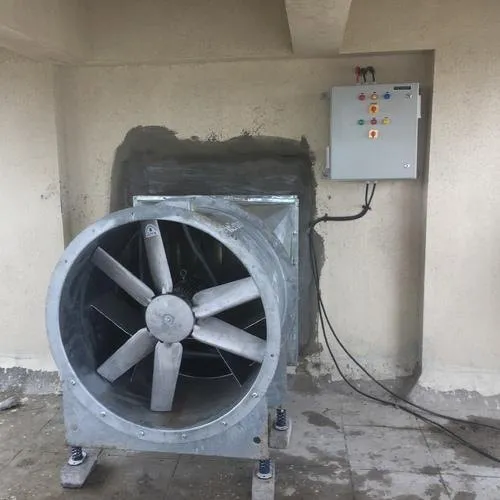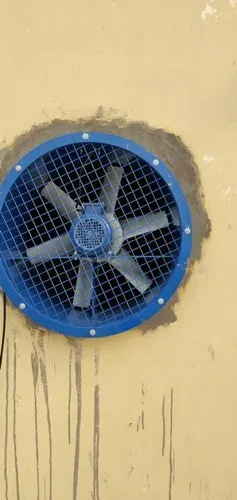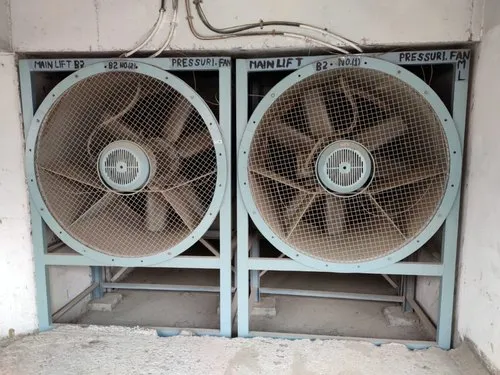Lift Pressurization Fan
Home / Products / Pressurization Fan / Lift Pressurization Fan
Lift Pressurization Fan
A lift pressurization fan, also known as a lift shaft pressurization fan or elevator pressurization fan, is a crucial component in buildings with elevators. It is specifically designed to maintain positive pressure within the elevator shaft to prevent the ingress of smoke and toxic gases during a fire emergency. Here’s a closer look at its function and construction:
Function of Lift Pressurization Fan
- Smoke Control: The primary function of a lift pressurization fan is to prevent smoke from entering the elevator shaft during a fire. By maintaining positive pressure within the shaft, the fan helps to create a barrier that inhibits smoke migration and protects the elevator system from smoke damage.
- Fire Safety: In the event of a fire, maintaining a smoke-free elevator shaft is essential for safe evacuation and firefighting operations. A pressurized shaft allows occupants to use elevators for evacuation purposes while minimizing the risk of smoke inhalation and facilitating access for firefighters.
- Compliance: Lift pressurization fans are often required by building codes and fire safety regulations, particularly in high-rise buildings and structures with extensive elevator systems. Compliance with these regulations helps to ensure the safety and protection of building occupants during emergencies.
Construction of Lift Pressurization Fan
- Fan Unit: The pressurization fan consists of a powerful fan unit that is capable of generating sufficient airflow to pressurize the elevator shaft. The fan unit may be equipped with variable speed controls to adjust airflow based on specific requirements and conditions.
- Shaft Enclosure: The fan is typically installed within a dedicated enclosure located either at the top or bottom of the elevator shaft. This enclosure helps to contain the airflow generated by the fan and directs it into the shaft to maintain positive pressure.
- Ductwork: Ductwork is used to connect the pressurization fan to the elevator shaft, allowing airflow to be distributed evenly throughout the shaft. The ductwork may include dampers or louvers to regulate airflow and control pressure levels as needed.
- Controls and Monitoring Systems: Lift pressurization fans are often integrated with control systems and monitoring devices that allow for remote operation, monitoring of pressure levels, and automatic activation in response to fire alarms or other triggers.
- Power Supply: The pressurization fan requires a reliable power supply to operate effectively, especially during emergency situations. Backup power sources, such as generators or uninterruptible power supplies (UPS), may be employed to ensure continued operation in the event of a power outage.



